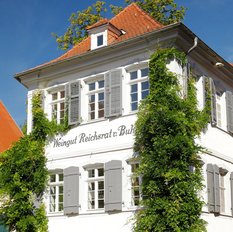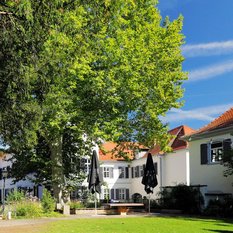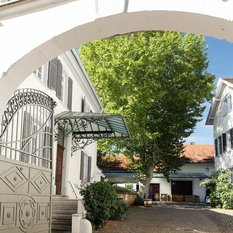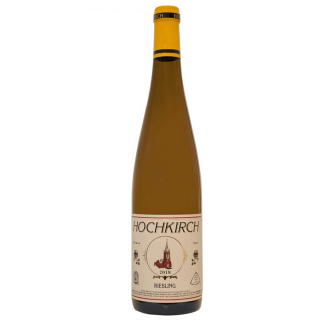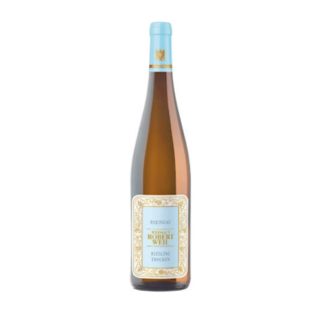Description
ABOUT PFALZ
For over 85 uninterrupted kilometers, Pfalz’s vineyards sweep across this remarkably pretty, peaceful land, linking the 130 wine towns of the region between Bockenheim and Schweigen on the border with Alsace.
With 23,684 hectares of vineyards, the Pfalz is the second largest German wine-growing region and is made up of two areas, Mittelhaardt-Deutsche Weinstraße and Südliche Weinstraße.
REVIEWS
“When the Wine Advocate’s Italy reviewer Monica Larner, Robert M. Parker Jr. and others of the larger team met up at Hedonism Wines in London earlier this year for the launch of the 100 Points magazine everybody was asked to select a wine for the night. I chose the 2002 Riesling Kirchenstück from Reichsrat von Buhl and, youthful and vibrant as it still was, it became the star of the evening (in a hard competition with iconic white Burgundies and other well-known wines).” Stephan Reinhardt, The Wine Advocate #215
“This beautiful old estate in the center of Deidesheim has just released its first vintage under new leadership and given their label a makeover to make the change in style more readily apparent… The first results, though, speak volumes. Bone-dry, yes, and with no fear of bracing acidity, which is nonetheless well integrated.” Joel B. Payne, vinousmedia.com
“… the new regime is nailing it: these were truly brilliant wines. The vineyards are now being managed biodynamically, and the cellar is just amazing. Mathieu has had to start again, buying new large oak (2400 litre dopplestücks, which differ markedly by manufacturer, he says) each year to repopulate the stunning underground facility so that he can make the wines he likes. He favours large oak, minimal use of sulfur dioxide during vinification, long lees ageing and minimal movement of the wine.” Jamie Goode, wineanorak.com
TASTING NOTES
Where do you go following twelve successful vintages as Bollinger chef de cave? In the case of Mathieu Kauffmann, you take up the post of head winemaker at iconic Von Buhl Estate in the Pfalz. That a winemaker of Kauffmann’s renown could be tempted from one of French wine’s most prestigious postings is an indication of this fabulous producer’s surging reputation, and its current run of form—which has it very close to the top of the German Riesling pile. As you will gather from the quotes above, Kauffmann and his team are off to a flying start.
Following a period of instability, under a series of absentee landlords and overseas investors, this iconic Pfalz estate (established in 1849) is now under the stable ownership of the forward thinking Niederberger family. It was Kauffmann predecessor, Stephan Weber, who got the ball rolling. Weber’s refocus to produce full-bodied site specific dry Rieslings – via a medium of low yield, low input and organic viticulture – clearly had the modern-era Von Buhl playing to its greatest strengths. The arrival of the Kauffmann, alongside managing director Richard Groche and vineyard manger Werner Sebastian, has taken this once sleeping giant to a whole new level. The vineyards are now being managed biodynamically, and there has been a raft of improvements in the cellar, some of which are outlined below. In short, today Von Buhl has the level of vineyard and cellar practices appropriate to an estate with one of the finest collections of vineyards in the Pfalz.
To give you an idea of how blessed this Estate is with its terroir, under the VDP’s Grosses Gewächs (Great Growth or Grand Cru) classification, Von Buhl ended up with seven Grosses Lage vineyards! Many of Germany’s other great Estates ended up with one or two. At the heart of the estate lie Von Buhl’s mighty quartet of basaltic vineyards, based around the tiny wine village of Forst; Kirchenstück (the most revered vineyard in the Pfalz), the Jesuitengarten (Garden of the Jesuits), Ungeheuer (The Monster) and Pechstein (Pitchstone). Then, there’s the wonderful ensemble of Erste Lage vineyards surrounding the village of Deidesheim – which includes holdings in Paradiesgarten, Herrgottsacker and Mäushöhle – not to mention a series of fine unclassified sites spread across the hillside of the Mittelheaart.
Jamie Goode puts it best when he writes, “… the new regime is nailing it: these were truly brilliant wines.” Von Buhl’s Kauffman-era dry Rieslings are wines that seemingly suck the minerals right out of their rocky soils. In spite of their textural abundance and sheer mass of diamond-cut fruit, these tension-rich wines remain incredibly precise. Some of the keys to the estate’s now bone-dry (less exotic) style includes Kauffmann’s preference to ferment in large, 2400 litre dopplestück ovals, the practice of natural yeast fermentations, and his wine’s long, texture enriching elevage on full lees. Kauffman has also reduced the use of sulphur dioxide during vinification to the bare minimum, thrown out the pumps – the wines are now moved by gravity alone – and the wine are no longer fined. All these factors, and more, add up to a stunning rebirth for this storied estate.



